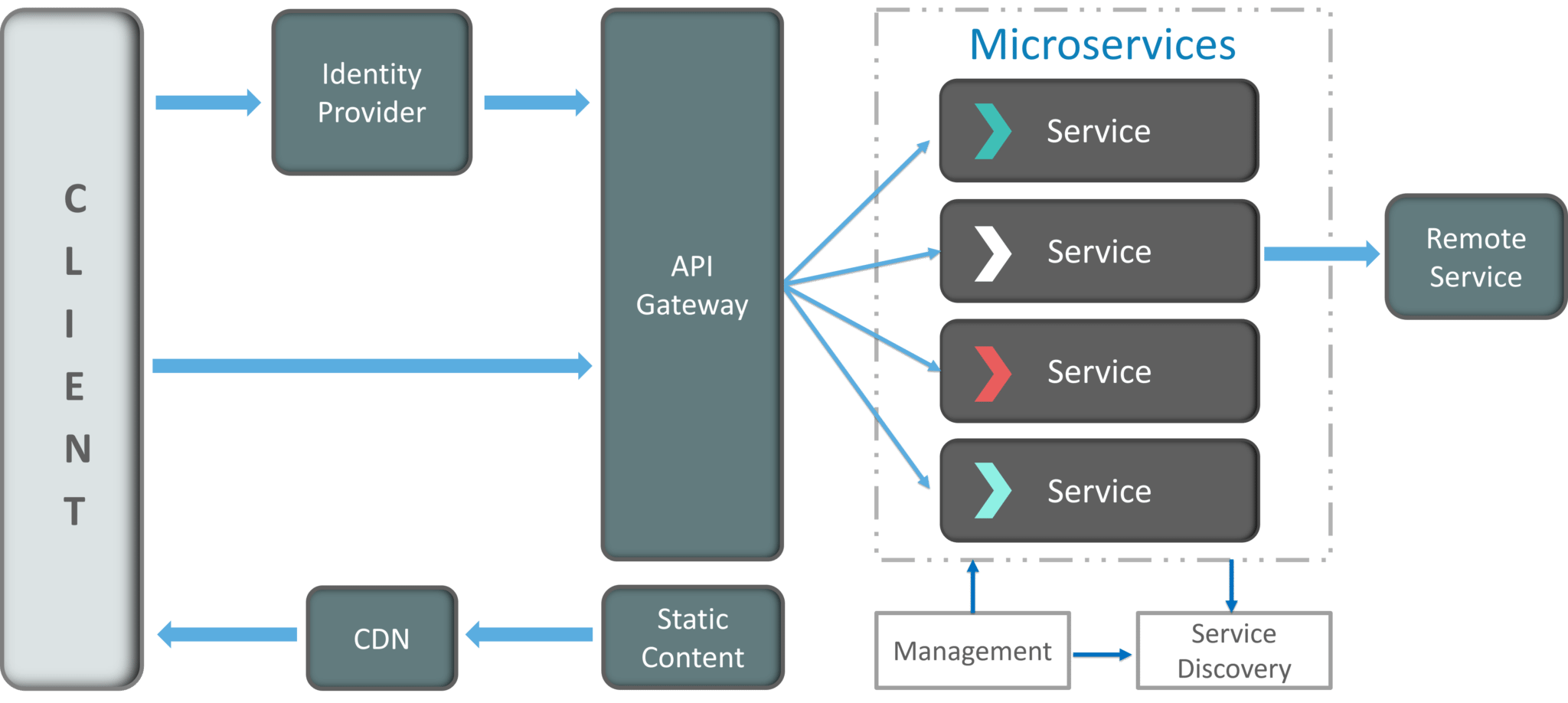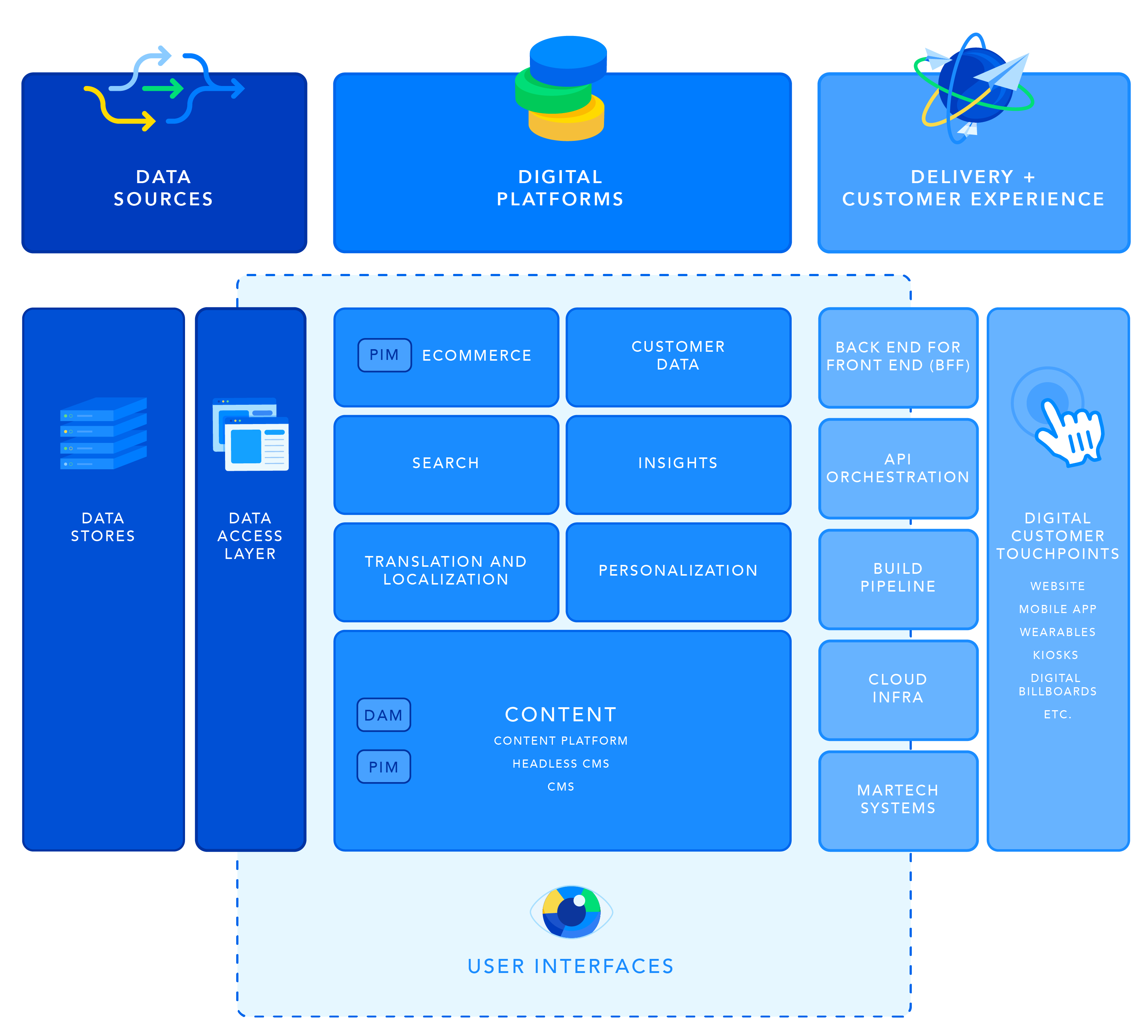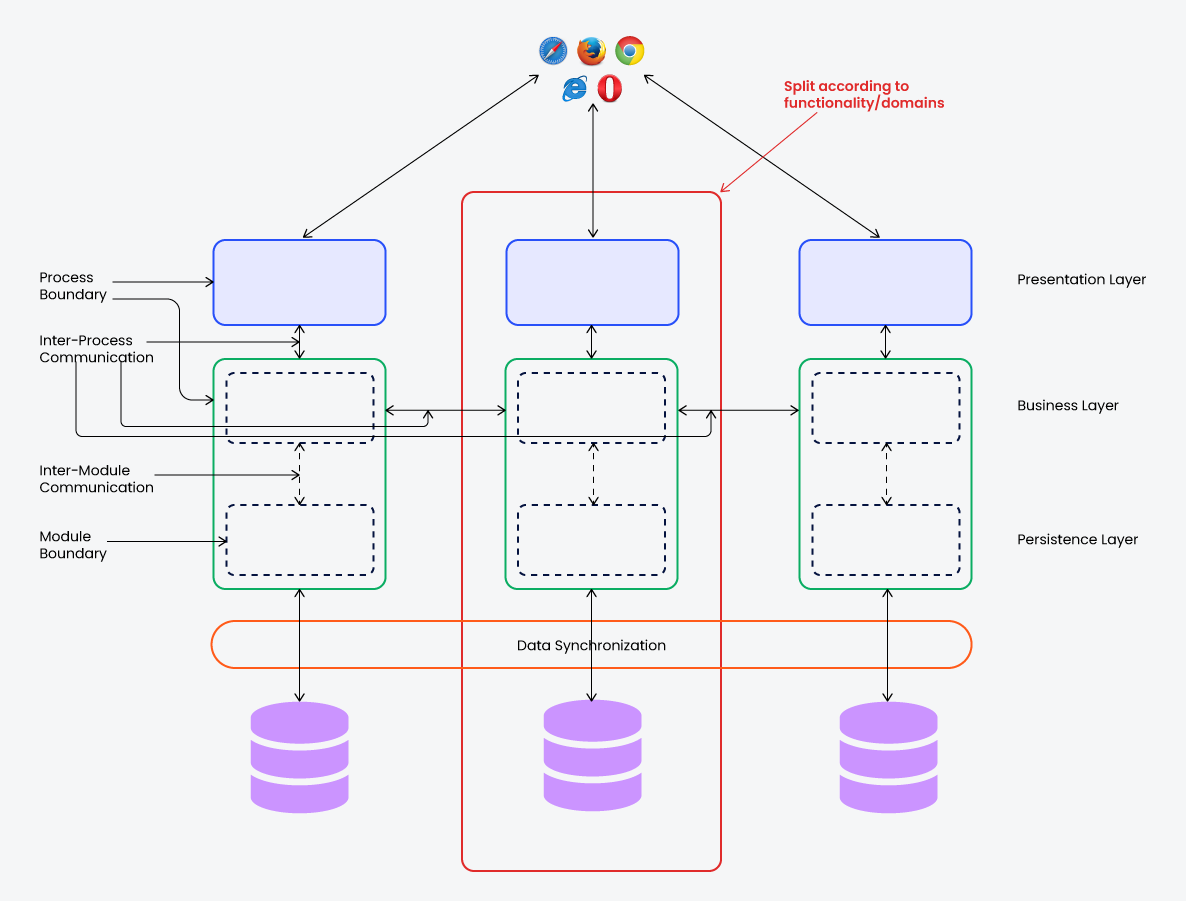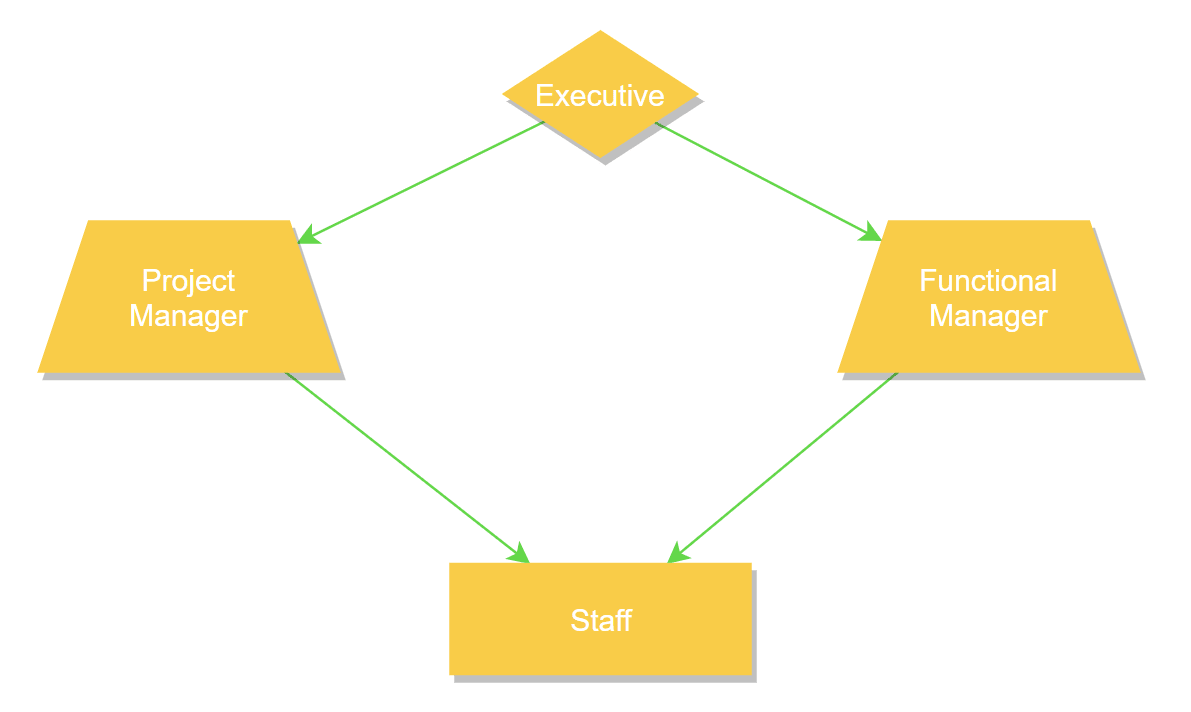Table Of Content

Chris offers numerous other resources for learning the microservice architecture. Chris teaches comprehensive workshops for architects and developers that will enable your organization use microservices effectively. Experienced software architect, author of POJOs in Action, the creator of the original CloudFoundry.com, and the author of Microservices patterns. There are numerous other examples of companies using the microservice architecture. The Saga, Command-side replica and CQRS patterns use asynchronous messaging.Services typically need to use the Transaction Outbox pattern to atomically update persistent business entities and send a message.
Cross-Cutting Concern Patterns

Instead of one big component, they break their app into small pieces just like pieces of cake, independent parts, like building blocks. These parts, or microservices, interact with each other using a special set of rules called APIs (Application Programming Interface). A saga is a sequence of local transactions where each transaction updates data within a single service. If a local transaction fails, the saga executes compensating transactions to undo the impact of the preceding transactions. In this pattern, each microservice owns its database, ensuring loose coupling and high cohesion.
Everything You Need To Know About Microservices Design Patterns
To avoid this issue, use the Blue-Green Deployment pattern when designing microservice architecture. Microservice architecture design promotes services that are independent of each other to avoid any delay in the system. It is imperative to keep a health check on your APIs regularly to realize any roadblocks. It is often observed that a microservice is up and running yet incapacitated for handling requests.
Microservices Design Patterns
The benefit is that having more focused, smaller services allows for faster iterations and experimentation. After a specified period, the circuit breaker "closes" partially, allowing a few requests to test service health. If successful, the circuit breaker fully "closes," resuming normal operation.
To address microservices issues, turn to OOP principles - TechTarget
To address microservices issues, turn to OOP principles.
Posted: Thu, 13 Dec 2018 08:00:00 GMT [source]
In microservices architecture, an application is split into multiple independent, small, and loosely coupled services. Each microservice operates autonomously, communicating with other services via well-defined APIs, and is responsible for a specific functionality. This pattern aims to improve maintainability, resilience, and scalability by enabling the parallel development and deployment of distinct services. The evaluation, auditing, implementation, and testing of microservices of these design patterns are an ongoing process of microservice architecture.

If a service doesn’t need to wait for a response and can continue running its code post-failure, asynchronous messaging can be used. Using this design pattern, microservices can communicate in a way that’s fast and responsive. CQRS (Command Query Responsibility Segregation) is an architectural pattern that separates read (query) and write (command) operations, enabling them to be scaled and optimized independently. In a microservices architecture, CQRS can be combined with Event Sourcing to create highly scalable and performant systems. Microservices design patterns are architectural strategies used to build and organize scalable, modular, and maintainable software systems. By decomposing applications into smaller, independent services, developers can improve flexibility, fault tolerance, and resilience.
Database Per Service Pattern
Each step in the saga corresponds to an operation within a microservice, and these steps are coordinated to ensure eventual consistency. Microservices design principles provide comprehensive guidelines for designing scalable and maintainable microservices architectures. Whereas microservices design patterns offer specific solutions to address common challenges within the context of a microservices implementation. But even though it serves a major purpose, certain challenges must be addressed.
Single concern microservice
Building Microservice Architecture With ASP.NET Core - hackernoon.com
Building Microservice Architecture With ASP.NET Core.
Posted: Sun, 27 Nov 2022 08:00:00 GMT [source]
Finally, the aggregator microservice sends the aggregated data back to the user as a response to the original request. Well, it allows each service to be decoupled from the others, which means that a failure in one service does not affect the others. Furthermore, it allows for better performance, as each service can be optimized independently based on its specific needs. If you believe that a microservice approach is the best way to achieve yourgoals, start by extracting one service from the monolith and develop, test, anddeploy it in production.
Saga Pattern
I help organizations improve agility and competitiveness through better software architecture. You also need an application architecture that supports fast, sustainable flow.
A shared database per service is not ideal, but that is the working solution for the above scenario. Most people consider this an anti-pattern for microservices, but for brownfield applications, this is a good start to break the application into smaller logical pieces. In this pattern, one database can be aligned with more than one microservice, but it has to be restricted to 2-3 maximum, otherwise scaling, autonomy, and independence will be challenging to execute.
They are known to solve various challenges, but yet, skilled professionals often face challenges while using this architecture. So, instead, developers can explore the common patterns in these problems, and can create reusable solutions to improve the performance of the application. Thus, in this article on Microservices Design Patterns, I will discuss the top patterns necessary to build a successful Microservices. In a microservices architecture, maintaining data consistency among services can be challenging.
A database dedicated to one service can’t be accessed by other services. This is one of the reasons that makes it much easier to scale and understand from a whole end-to-end business aspect. A common use case is applying a series of filters or validations to a request before processing it.
This simplifies the client application and reduces the number of requests to your backend systems. In this graphic, the different patterns are grouped according to their function. For instance, decomposition patterns help decompose applications into smaller, more manageable services. Observability patterns support the monitoring of applications, often in real time, which is essential for detecting faults and improving performance.











